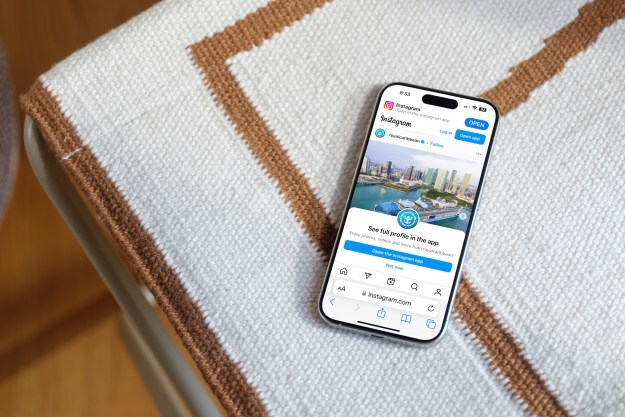
When DXO decided to begin testing phone cameras, it realized it needed a system that provided a well-rounded analysis of how a phone performs in the hands of the average consumer, while still providing a single numerical score to make it easy to see, at a glance, how good a phone is relative to its peers. While the company’s sensor tests for mirrorless and DSLR cameras focus on just three key metrics — dynamic range, color bit depth, and noise — the criteria for phones is much broader. This means a phone that excels in one area can easily have its overall score lowered if it fails in another.
And that appears to be just what happened with the P9. DXO cites the phone’s lack of image stabilization in default video mode as a major drawback. However, when looking at still image quality separate from video, the P9 puts up an impressive 84 points. It’s still slightly behind the HTC 10, but it’s right in line with the iPhone 6S Plus.
Another thing to consider: DXO’s testing doesn’t take into account the many creative advantages brought on by the P9’s dual-camera setup. Thanks to computational photography, the P9 renders very realistic shallow depth of field effects that mimic what’s possible with an interchangeable lens camera. It can even refocus photos after the shot, similar to the ill-fated Lytro Illum.
Between its great still image quality and advanced dual-camera functionality, the P9 remains one of phones on the market from a photography perspective. If you shoot a lot of video, though, it may let you down.
Editors' Recommendations
- The 15 most important smartphones that changed the world forever
- Huawei P40 Pro Plus vs. iPhone 11 Pro Max: Best of Huawei meets best of Apple
- Camera shootout: Can Huawei’s P40 Pro Plus beat Apple, Samsung, and Google?
- iPhone 6s not turning on? Apple may fix power issue for free




